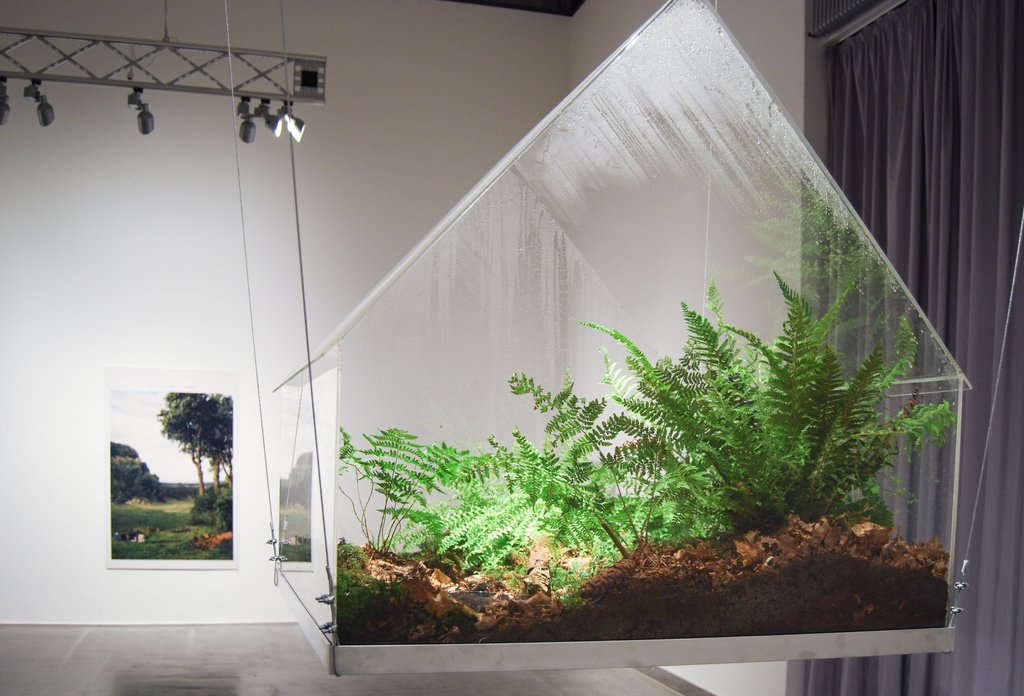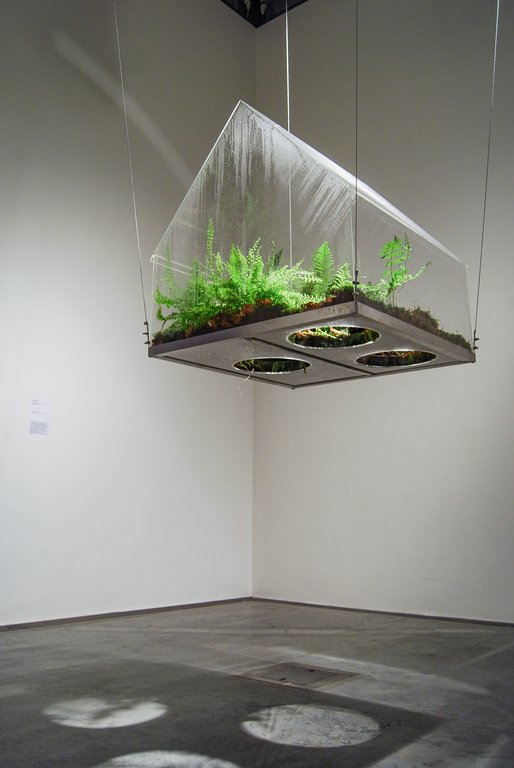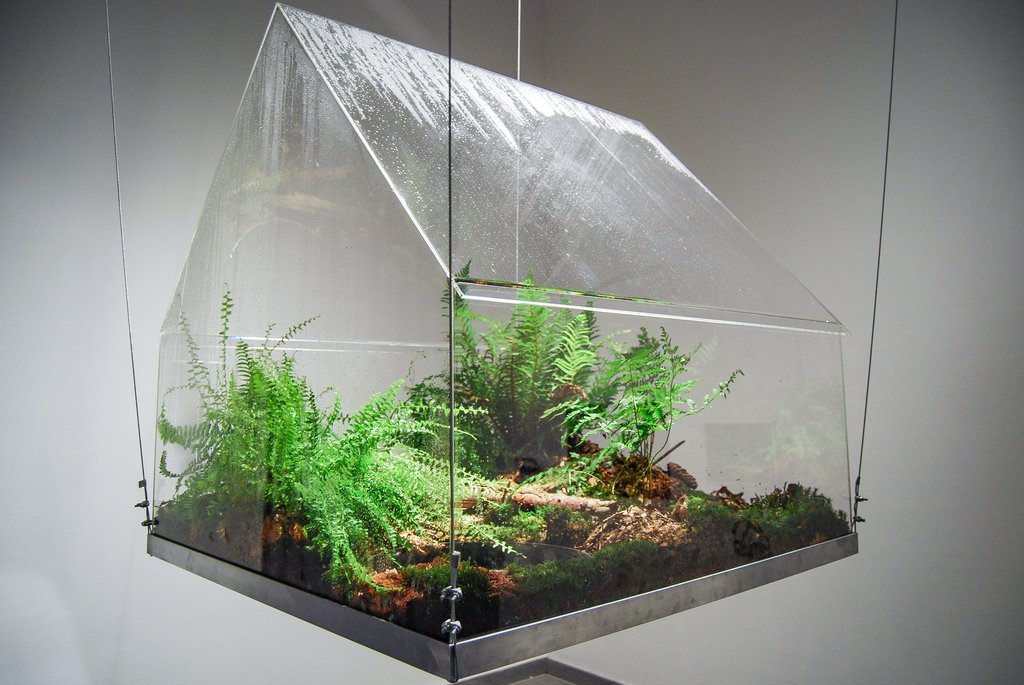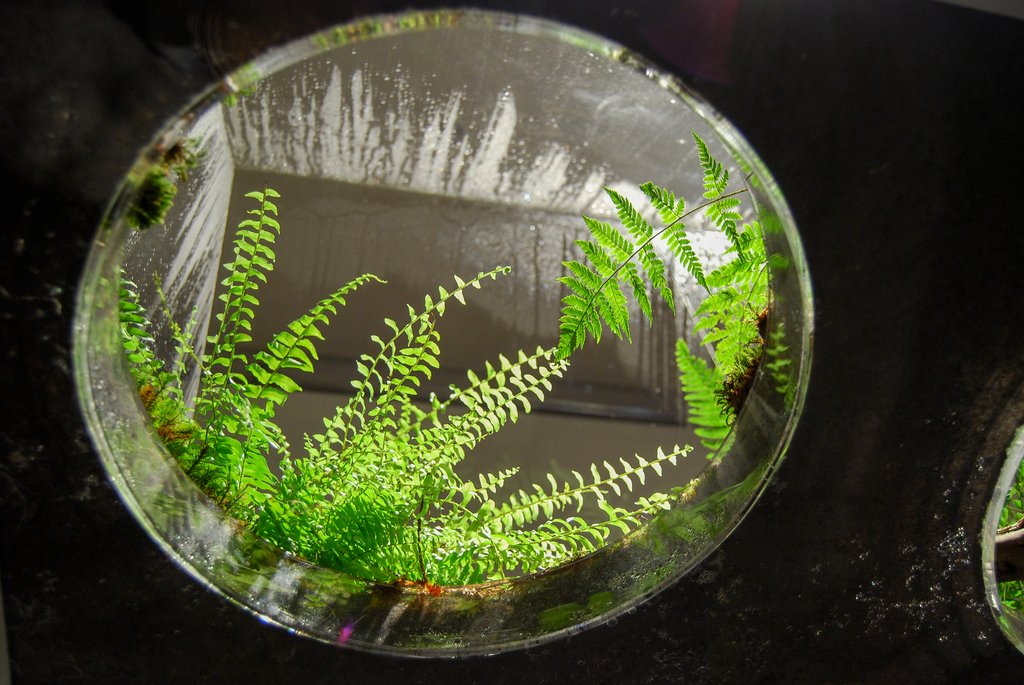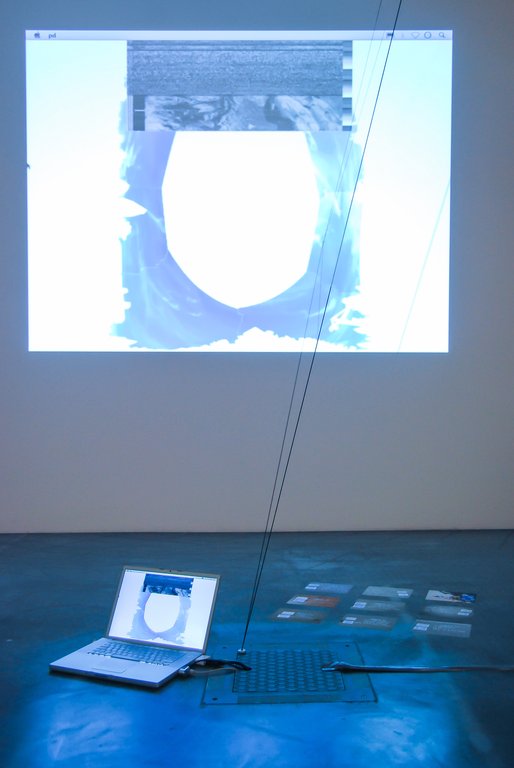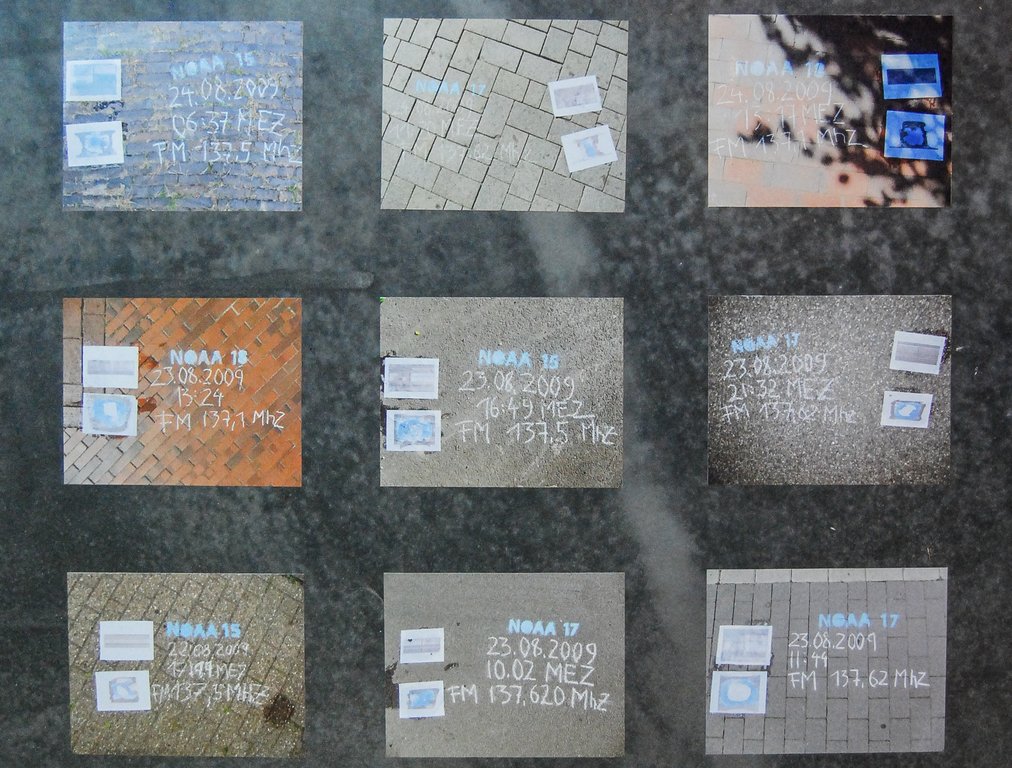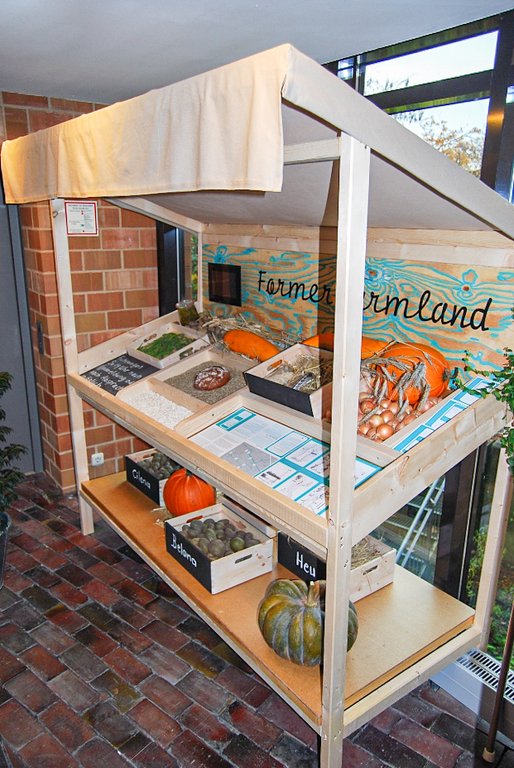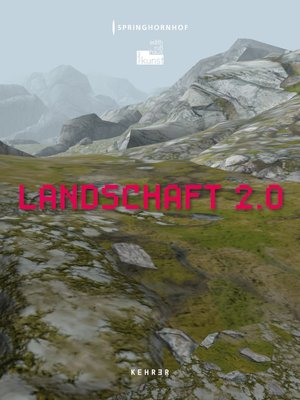Landschaft 2.0
How do we perceive landscapes? As real and preferably undisturbed nature? As a real but totally constructed reality or as a digital fantasy world? What can and should the landscape accomplish today? And what visions are there about its future?
The exhibition Landscape 2.0 juxtaposes romantic yearnings and emotions with the demands of a modern globalised world and its guiding principles. It concerns a contemporary exploration of the subject matter of the landscape and its importance in the present day.
The significance of the landscape is permanently subject to an historic transformation that is influenced by social, ideological and technical changes.
Landscape as an artistic representation was simultaneously always an inventory of the respective discourse regarding nature and its importance in peoples’ lives.
A new relationship to our surroundings has resulted from the increasing virtualisation of our world. Now that it has become navigable, predictable and thus manipulable in various ways, the shaped and constructed landscape functions like a catalogue of interpretations of nature, of society, of the economy or culture.
The artists participating in the exhibition have developed various strategies of dealing with this complex subject matter.
Vaughn Bell, Wapke Feenstra, David Hahlbrock and Ursula Damm have taken a look back at historic developments and the effects they have had on present-day landscape structures.
Beate Gütschow references traditional portrayals of the landscape.
Susan Collins reflects upon the changes in our landscape resulting from technological and global developments. Ulu Braun and Thiago Rocha Pitta have developed utopian ideas and concepts regarding sustainable landscape planning in the future.
Janice Kerbel, Jane Prophet, Rachel Reupke and Monica Studer/Christoph van den Berg have produced digital venues and model worlds. Katrin Sigurdardottir’s installation deals with the relationship between body, sight and perspective in virtual landscapes.
Practices of life and the measuring of landscape spaces by means of modern technologies and their translation into aesthetic and acoustic information (GPS, Google Maps) are the themes dealt with in the works of Brett Stalbaum/Cicero DaSilva/walkingtools.net, the Büro für Unabwägbarkeiten, Masaki Fujihata, Teri Rueb and Thomson & Craighead who make data regarding landscapes audible and tangible.

